 |
 |
 |
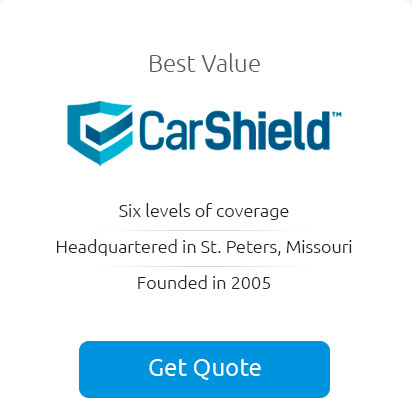 |
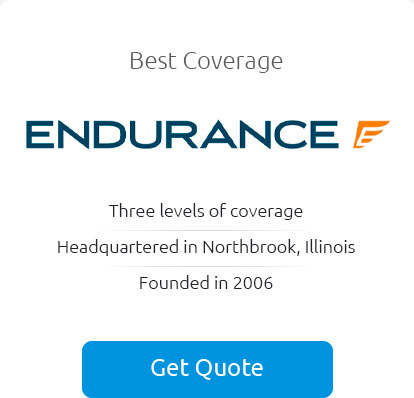 |
|||
 |
 |
|||
 |
 |
|||
 |
|||
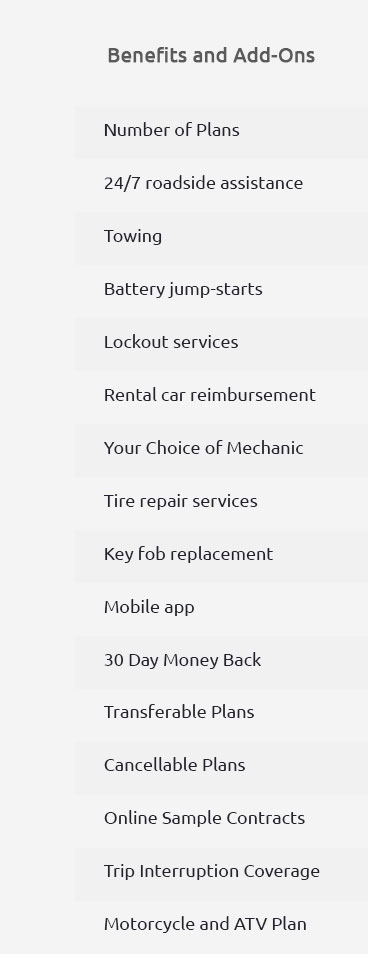 |
 |
 |
|
 |
|||
 |
|
 |
|
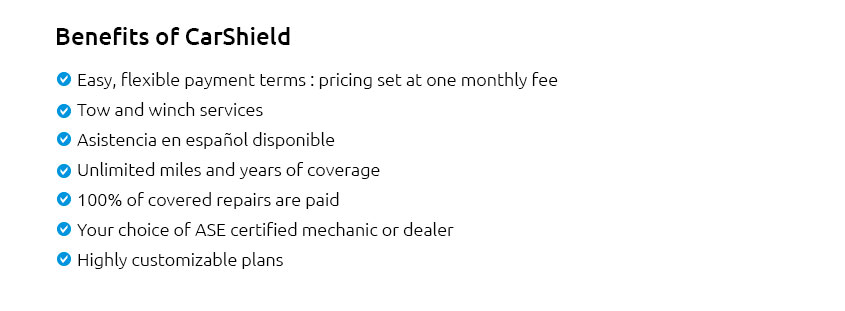 |
|
 |
|
 |
|
 |
|
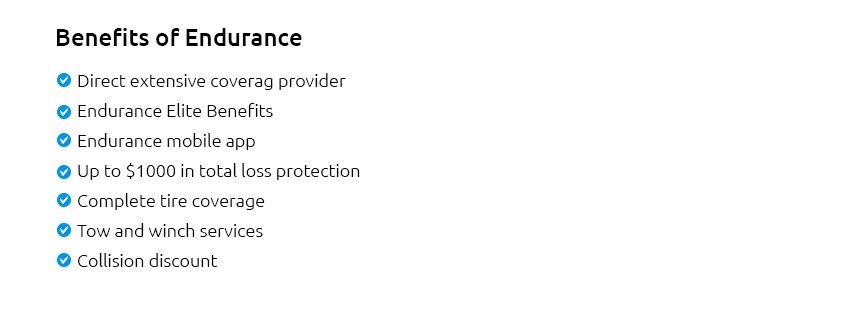 |
|
 |
|
 |
 |
|||
 |
 |
|||

Gap Coverage Cost: A Comprehensive Coverage GuideWhen purchasing a new vehicle, especially in the United States, understanding the intricacies of vehicle protection plans such as gap coverage is crucial for ensuring peace of mind and financial security. Gap coverage plays a vital role in covering the difference between what you owe on your car and its actual cash value in case of a total loss. Let's delve into what gap coverage cost entails and why it might be an essential addition to your auto protection strategy. Understanding Gap Coverage CostThe cost of gap coverage can vary based on several factors, including the vehicle's make and model, the lender's policies, and the specific terms of your auto loan or lease. Typically, gap insurance can be purchased from your car dealership, insurance provider, or a third-party vendor. Factors Influencing Gap Coverage Cost
For instance, a resident in California might find that gap coverage costs more due to higher vehicle depreciation rates in the region. It's crucial to consider these factors when budgeting for your chevy new car warranty. Benefits of Gap CoveragePeace of Mind: Knowing you're protected against unexpected losses provides immense peace of mind. This is especially true in places like Texas, where weather-related incidents might lead to a total vehicle loss. Cost Savings: Without gap coverage, you might face substantial out-of-pocket expenses to cover the difference between your insurance payout and the remaining loan balance. Gap insurance often complements an extended vehicle protection program, offering a more comprehensive safety net. What Does Gap Coverage Typically Include?
FAQs about Gap Coverage CostHow is gap coverage cost determined?Gap coverage cost is primarily determined by factors such as the car's make, model, depreciation rate, and the terms of your loan or lease. Location, like residing in New York, might also impact the cost due to local economic factors. Is gap coverage necessary for a used car?While gap coverage is more common for new vehicles, it can also be beneficial for used cars, especially if you financed a significant amount or the vehicle is prone to rapid depreciation. In conclusion, understanding gap coverage cost and its benefits is essential for any U.S. consumer looking to protect their investment and maintain peace of mind. Thorough research and comparison will ensure you find the best protection plan suited to your needs. https://www.caranddriver.com/car-insurance/a36534152/how-much-is-gap-insurance/
Lenders and dealerships sell GAP insurance for a flat rate, typically between $500 and $700, which are the highest rates for this type of policy ... https://www.joebasilchevrolet.com/finance/car-buying-tips/how-much-is-gap-insurance/?srsltid=AfmBOorVAKUuG7Nv8OP9tGrOHwioPiA3AiD1irGygNgq7hPe5qGS3oKw
Gap insurance typically costs $20 to $40 per year when added to an existing auto insurance policy. When purchased through a dealership or lender, the price ... https://wallethub.com/answers/ci/how-much-is-gap-insurance-in-florida-1000228-2140779523/
Gap insurance in Florida costs an average of $2 to $30 per month, depending on whether you buy it from a dealership, a car manufacturer or your insurance ...
|